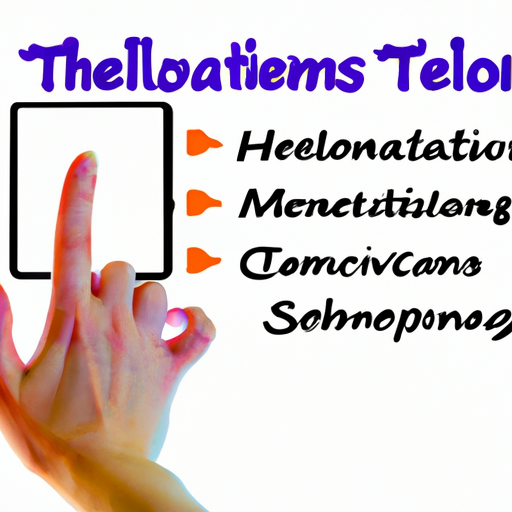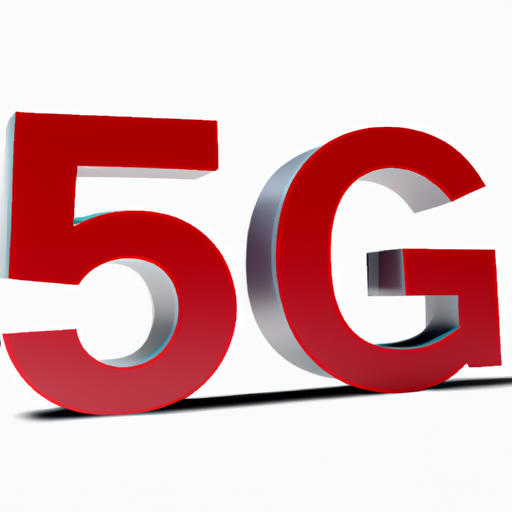As technology continues to evolve, the gaming industry is experiencing a significant transformation with the rise of cloud gaming. This innovative approach to gaming allows players to stream games directly to their devices without the need for high-end hardware. The trend is gaining momentum, and it’s set to reshape the way we play and interact with games.
What is Cloud Gaming?
Cloud gaming, also known as game streaming, enables users to play video games that are hosted on remote servers. Instead of relying on personal consoles or gaming PCs, players can access games via an internet connection, allowing them to play seamlessly on various devices such as smartphones, tablets, or smart TVs.
The Rise of Cloud Gaming Platforms
Major players in the gaming industry, including Google Stadia, NVIDIA GeForce NOW, and Xbox Cloud Gaming, are making headlines by launching robust platforms that cater to gamers’ needs. These platforms offer subscription-based access to a vast library of games, allowing players to explore new titles without hefty investments in hardware.
Benefits of Cloud Gaming
- Accessibility: With cloud gaming, players can enjoy high-quality gaming experiences without the need for expensive consoles or gaming PCs.
- Convenience: Games can be played anytime, anywhere, as long as there is a stable internet connection.
- Instant Play: Forget about long downloads and installations; cloud gaming allows players to jump into games almost instantly.
Challenges Ahead
Despite its potential, cloud gaming faces several challenges, including:
- Latency: A stable internet connection is crucial, as high latency can impact gameplay quality.
- Data Usage: Streaming high-definition games can consume significant internet bandwidth, which may not be feasible for all players.
The Future of Gaming
As internet infrastructure continues to improve worldwide, the gaming industry is poised for a cloud-driven revolution. Analysts predict that cloud gaming can attract a broader audience, bringing gaming to those who may have previously felt excluded.
Conclusion
Cloud gaming is paving the way for a new era in gaming, offering unprecedented accessibility and convenience. As developers and platforms invest in this technology, players can look forward to an exciting future filled with gaming opportunities.
Stay tuned for more updates on cloud gaming and other gaming trends!













